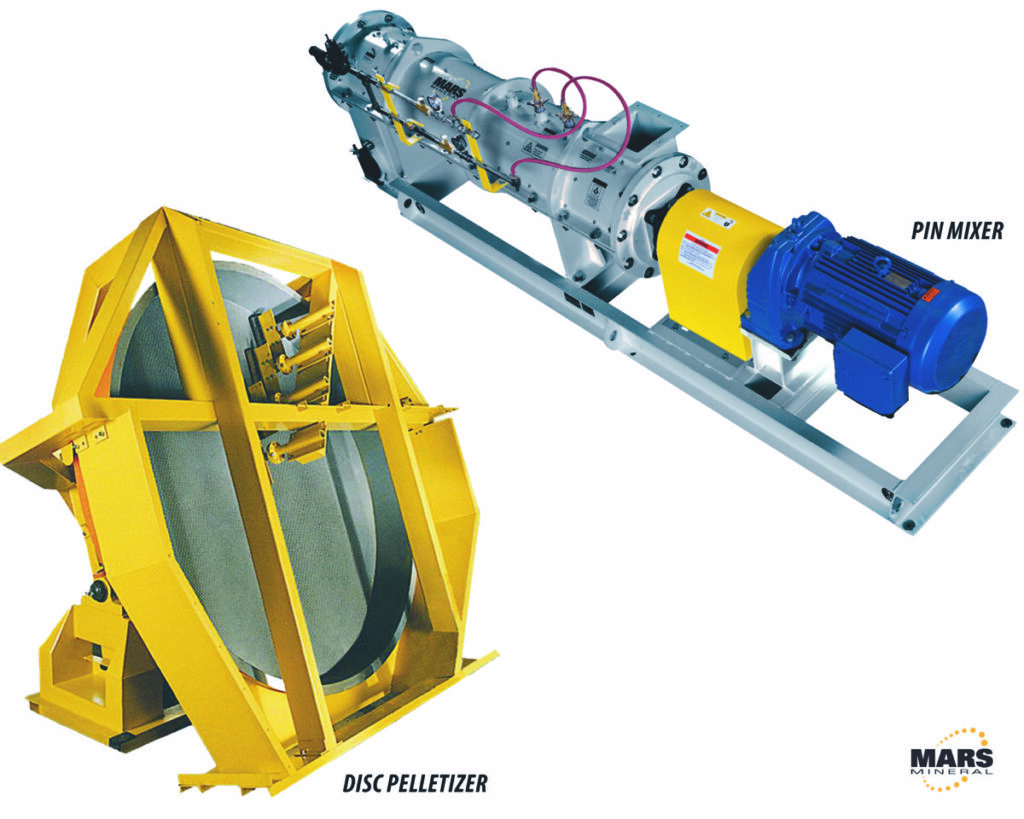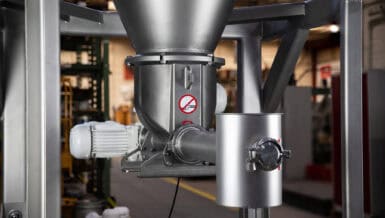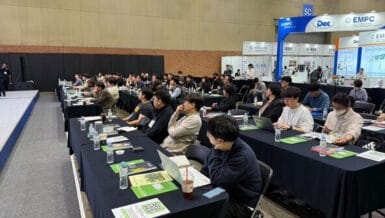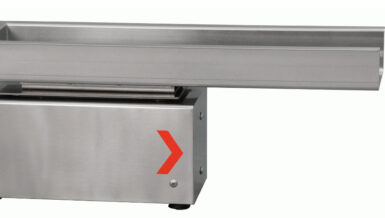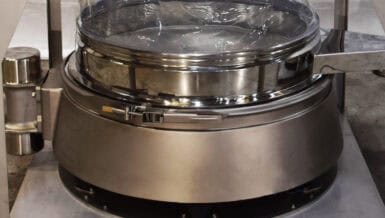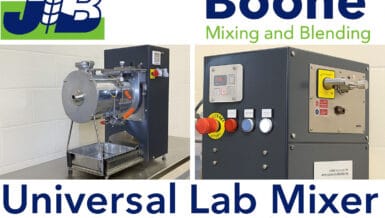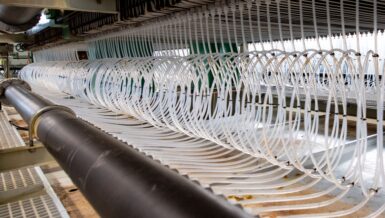Feeders — whether screw, belt, or vibratory — provide the steady, uniform flow that stabilizes pellet formation and drives strength, size, and durability. They are in fact the bridge between raw material and agglomeration, with direct impact on system reliability and efficiency. Getting the feed right is what separates smooth operation from costly rework.
The Feeder–Pelletizer Connection
Feeders sit directly upstream of the core pelletizing technologies: the pin mixer, disc pelletizer, and deep drum pelletizer. The pin mixer initiates agglomeration by creating seed pellets, which are then grown to size in the disc or drum pelletizer. In other configurations, the disc or drum handles both seed formation and pellet growth.
Across all setups, one fact holds: without a steady, uniform feed, pelletizers cannot maintain consistent pellet properties. The result is poor pellet strength, wide size distribution, or excessive recycle. That’s why feeder choice must be matched to the way material flows. Inconsistent feed from bulk powder surges, bridging, or rat holing caused by a poorly specified feeder cannot be corrected downstream.
Choosing the Right Feeder
Volumetric and loss-in-weight feeders are frequently used in pelletizing, but no single design suits every feedstock. The feeder must be chosen based on the way the bulk material behaves before entering the pin mixer, disc, or drum pelletizer:
- Screw feeder – Handles a wide range of powders, providing consistent discharge even with difficult, low-flowability materials and low bulk density powders, such as recovered carbon black (rCB). Especially useful ahead of pin mixers, where uniform powder-to-binder ratios are critical.
- Belt feeder – Ideal for free-flowing powders, including friable or abrasive materials. Often used for direct-to-disc or
drum feeding. - Vibratory feeder – Best suited for fine powders or cohesive feedstocks that require precise, low-rate feeding. Common in applications where control outweighs bulk throughput.
Another important consideration in choosing the right feeder is the feeder materials of construction. Powder adhesion to feeder surfaces is a prime cause of inconsistent powder flow. For rCB and biochar, stainless steel and chrome-plated stainless steel are preferred materials for powder contact surfaces.
By aligning feeder type and materials of construction with feedstock behavior, operators give pelletizers the best chance to form strong, on-spec pellets.
Biochar, rCB, Minerals, and More
The principle applies across many industries. In biochar processing, fine powders and particulates are upgraded into dense pellets with improved nutritional or handling properties. Research shows that pellet bonding depends on reaching a “stickiness temperature” — the threshold at which inter-particle bonds form. Achieving this requires the right combination of conditioning, friction, and residence time, all of which begin with uniform feed into the system.
rCB is another growing application where feeders play a decisive role. Produced from end-of-life tires and other rubber products, rCB is a fine, low-bulk-density powder that must be densified for safe handling, transport, and reuse in rubber, plastics, coatings and advanced applications.
Pelletizing transforms this challenging material into free-flowing granules, but only if the feeder delivers a consistent, well-metered input to the pin mixer. Stable feed not only ensures pellet strength but also reduces dust, improves downstream processing, and makes rCB a viable circular economy material.
In iron ore and mineral processing, pelletizing is indispensable for steelmaking. Deep drum pelletizers convert fine concentrates into durable pellets that must withstand handling, transport, and direct reduction reactors. Here, feeder performance ensures precise moisture and binder distribution, which directly governs pellet strength.
In all cases, feeders set the conditions that pelletizers and dryers then lock in. While the feeder ensures a stable, uniform input, the dryer removes excess moisture and stabilizes pellets for storage, shipment, and use.
Testing and Validation
Because bulk solids may vary widely in chemical, physical, and mechanical properties, process testing is essential. At our in-house laboratory and pilot plant in Pennsylvania, Mars Mineral works with customers to evaluate representative feedstocks before pelletizatio equipment is specified. Bench- and pilot-scale trials measure powder flow characteristics, binder response, and moisture control under realistic process conditions.
These trials often include:
- Running pin mixer–pelletizer tests to confirm ideal mixer speed, retention time, and feed rate settings
- Generating data to support scale-up to commercial capacity.
The result is a data-driven process design: feeder type, pelletizer configuration, binder selection, and, when needed, drying or screening. This process reduces technical and commercial risk, improves energy efficiency, and ensures consistent pellet quality before full-scale investment.
Closing the Loop
From fertilizers and chemicals to biochar and minerals, pelletizing transforms fine powders into durable, market-ready products. Feeders may not carry the same profile as a new pelletizer or dryer, but they determine whether the entire system performs as intended.
For processors, feeders are the true first point of process control — the place where pellet uniformity, consistency, and quality begin. When specified correctly, they provide the stable foundation that
enables pelletizers to deliver strong, uniform, high-value pellets
across many industries and applications.



